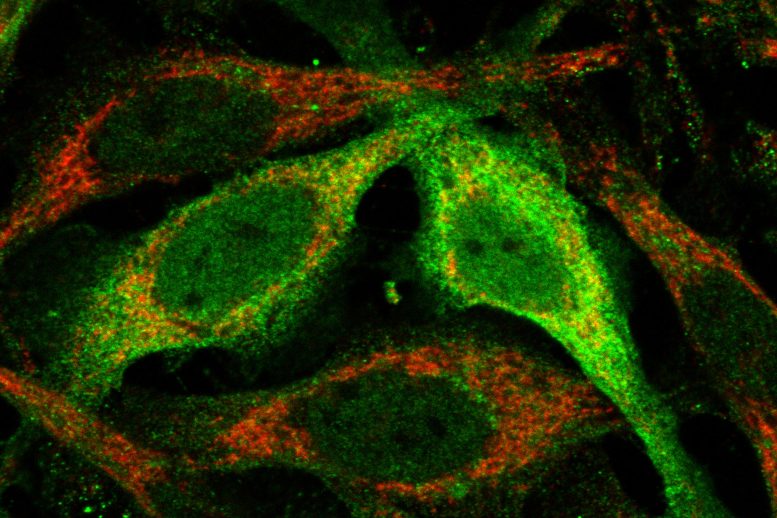
The enzyme STARD7 (green) helps mitochondria (red) to transport Coenzyme Q to protect cells from cell death. Credit: MPI f. Biology of Aging/ S. Deshwal
The distribution of Coenzyme Q within a cell is regulated by mitochondria.
Antioxidants are frequently touted as a panacea in the realm of nutrition and sold as dietary supplements. Nevertheless, our bodies naturally produce these free radical neutralizers, one of which is Coenzyme Q. Scientists from the Max Planck Institute for Biology of Aging in Cologne, Germany, have now uncovered how this substance, which is produced in our mitochondria, travels to the cell membrane and protects our cells from dying.
Coenzyme Q is a crucial antioxidant for our bodies. A lack of Coenzyme Q can result in severe illnesses like Leigh syndrome, a hereditary condition that affects specific areas of the brain and can cause muscle weakness, among other symptoms. Additionally, a shortfall of Coenzyme Q is one of the earliest indications of aging and can occur as early as the early twenties. So, why can’t we simply consume this substance through our diet?
“Coenzyme Q is a highly hydrophobic molecule that our bodies absorb very little from food,” explains Soni Deshwal, scientist at the Max Planck Institute for Biology of Aging and lead author of the study.
But it is also a problem in our cells that coenzyme Q is not water soluble. The antioxidant is formed in mitochondria and must pass through the watery cell interior called cytoplasm to the surface of the cells in order to neutralize oxidized lipid species.
“With our research, we have now been able to identify the proteins involved in coenzyme Q transport from the mitochondria to the cell surface,” explains Deshwal. The researchers found that an enzyme called STARD7 helps transport the coenzyme. This protein is not only localized in the mitochondria, but also inside the cytoplasm.
Band-aids for the cell surface
“The mitochondria actively transport coenzyme Q to the cell surface to protect cells from cell death. It is as if the mitochondria deliver band-aids to the surface to protect the cell,” says Deshwal. “This again shows that mitochondria are not only important as an energy supplier for our cells, but also play crucial regulatory roles.”
In the long term, the researchers hope that a precise understanding of this transport process will enable Coenzyme Q to be delivered into the cells of affected patients and thus provide a new therapeutic approach for diseases such as Leigh syndrome.
Reference: “Mitochondria regulate intracellular coenzyme Q transport and ferroptotic resistance via STARD7” by Soni Deshwal, Mashun Onishi, Takashi Tatsuta, Tim Bartsch, Eileen Cors, Katharina Ried, Kathrin Lemke, Hendrik Nolte, Patrick Giavalisco and Thomas Langer, 19 January 2023, Nature Cell Biology.
DOI: 10.1038/s41556-022-01071-y

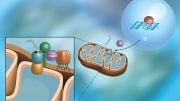
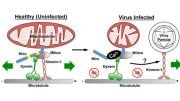
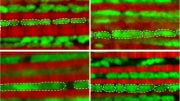
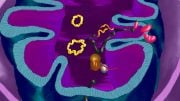
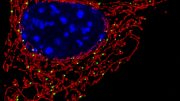
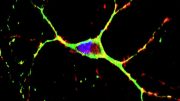
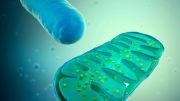

Be the first to comment on "Cell’s Savior: The Critical Role of Antioxidants From Mitochondria"